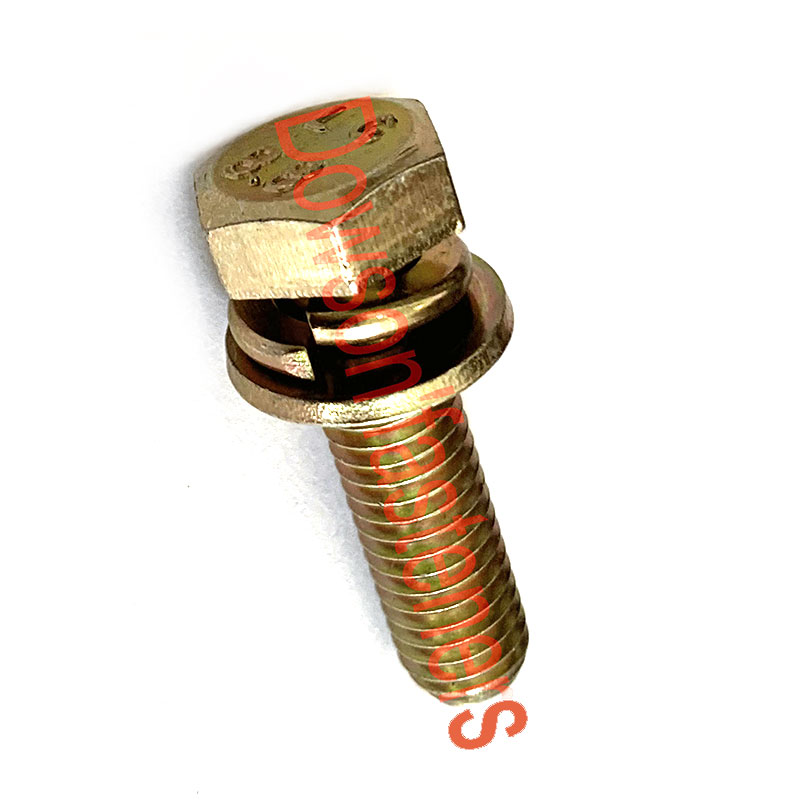The Mighty Grub Screw: Unlocking Its Versatility and Applications
2024-01-10
Introduction:
In the vast landscape of fasteners, there exists a small but mighty component known as the grub screw. Despite its unassuming size, this screw plays a pivotal role in various industries and applications. In this blog, we'll delve into the world of grub screws, unraveling their characteristics, and exploring the diverse range of applications where they prove indispensable.
Understanding Grub Screws:
A grub screw, also known as a set screw, is a type of screw that lacks a traditional head. Instead, it typically features a hexagonal socket (internal drive) or slotted drive on one end, designed for easy installation and removal with an Allen wrench or screwdriver. Grub screws are threaded along their entire length, and their primary function is to secure or immobilize components by being tightened against another object.
Characteristics of Grub Screws:
1. Socket or Slotted Drive:
- Grub screws are characterized by their drive type, which is either a hexagonal socket or a slotted drive. The choice of drive depends on the application and the preferred method of installation.
2. Threaded Along the Entire Length:
- Unlike traditional screws that may have an unthreaded portion, grub screws are threaded along their entire length. This feature allows for a more secure and customizable fit when tightened against a surface.
3. Variety of Materials:
- Grub screws are manufactured in a variety of materials, including steel, stainless steel, brass, and more. This versatility ensures compatibility with diverse applications and environments.
4. Available in Different Sizes:
- Grub screws come in various sizes and lengths to accommodate different requirements. This variety allows for flexibility in their usage across a wide range of applications.
Applications of Grub Screws:
1. Shaft and Hub Connections:
- Grub screws are commonly used to secure components like pulleys, gears, or couplings to shafts. They provide a reliable grip, preventing slippage or relative movement between the shaft and the attached component.
2. Fastening in Tight Spaces:
- The compact design of grub screws makes them suitable for applications where space is limited. Their unobtrusive presence allows for effective fastening in confined areas.
3. Locking Mechanisms:
- Grub screws are often employed in locking mechanisms for various devices, such as bicycle components, hand tools, and machinery. Their threaded nature allows for a strong grip, securing moving parts in place.
4. Set Collars and Bearings:
- Grub screws find applications in securing set collars and bearings onto shafts. This ensures proper alignment and prevents axial movement of the components.
5. Adjustable Fixtures:
- In fixtures and assemblies where adjustment is required, grub screws serve as effective tools. By tightening or loosening these screws, the position of components can be precisely adjusted.
Conclusion:
In the grand tapestry of fasteners, the humble grub screw stands out as a versatile and crucial element. From ensuring the stability of rotating components in machinery to providing adjustability in electronic devices, the applications of grub screws are diverse and impactful. As industries continue to evolve and demand precision in fastening solutions, the mighty grub screw remains a steadfast ally in securing connections and facilitating seamless functionality.



